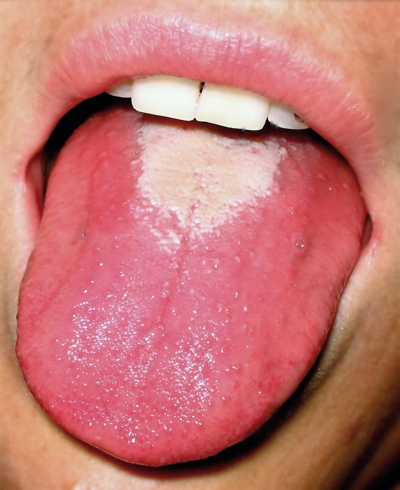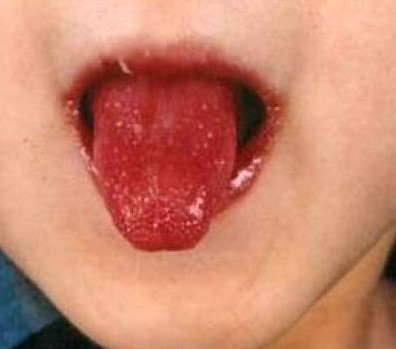- wikiskripta.eu
- wikiskripta.eu
- mymed.com - What is strawberry tongue?
- mayoclinic.org - Scarlet fever
- https://ijdvl.com/the-strawberry-tongue-what-how-and-where/ - Adya KA, Inamadar AC, Palit A. The strawberry tongue: what, how and where. Indian J Dermatol Venereol Leprol 2018;84:500-505
Raspberry tongue: what does it signal and what dangers does it hide?

Tongue discoloration can indicate a problem going on in our body. And a raspberry tongue is an example of this. In addition to signaling a B vitamin deficiency, it can be a sign of other diseases. For example, even scarlet fever.
In addition to the tongue, the skin and other symptoms should also be observed, which may indicate what kind of health problem it is. The tongue is generally considered to be a mirror of the state of health, and this is also the case here.
A bright red, cherry-coloured tongue is present in carbon monoxide poisoning. In addition to tongue discolouration, discolouration of the nail beds and lips is present. Carbon monoxide binds more readily to haemoglobin than oxygen. This gas is not smelled.

In addition, the following are also associated:
- headache
- dizziness
- nausea
- Vomiting
- fatigue, drowsiness
- disturbances of consciousness
- convulsions of the body
- discolouration of lips, tongue and nail beds in severe poisoning
Vitamin and nutrient deficiencies
In most cases, a strawberry or raspberry colouration of the tongue can also be caused by a deficiency of certain nutrients, minerals and vitamins in the body. This is especially typical in the case of a deficiency of vitamin B1, but also of other B vitamins or folic acid.
People with this problem often have high blood sugar levels. They may suffer from fatigue or spinal problems. Their lifestyle includes an increased intake of sugar and, conversely, a reduced intake of vitamins.
Hunter's atrophic glossitis is also one of the cases where there is redness of the tongue. This disease is caused by anemia, based on a deficiency of vitamin B12. But the cause can also be endoparasites.
A discoloured tongue even when sleeping

Scarlet fever is also manifested by a raspberry tongue.
The course of the disease also depends on how the affected person was infected. The tongue tends to be affected if the bacteria entered the body through the oral cavity.
Scarlet fever = scarlatina.
Scarlet fever is very similar to tonsillitis.
Often there are headaches, abdominal and throat pains, fever, vomiting. There is a coating and pins and needles on the tonsils. The tongue has a whitish coating at first, which later peels off and the colour changes to a deep red.
In addition, it is possible to palpate painful and enlarged nodules, which are hard. A typical symptom of scarlet fever is also a burn rash.
Scarlet fever usually manifests itself as scarlet fever when the symptoms are very similar to classical tonsillitis, including the tongue.
It is a disease of bacterial origin, caused by the streptococcus bacterium. It usually affects preschool children, especially during the winter and spring seasons.
Kawasaki disease

The tongue may also show symptoms in Kawasaki disease. This is a disease of the arteries in which they become inflamed. It mainly affects small and medium-sized arteries. In most cases, children under the age of 4, mostly boys, suffer from the disease.
Very often, the coronary arteries, which are responsible for feeding the heart, are particularly affected by arteritis. Outside Japan, the disease is very rare. It is sometimes accompanied by complications.
These can cause serious heart disease, and the disease should therefore be treated under professional medical supervision.
The disease has symptoms mainly in the form of fever, enlarged lymph nodes and redness of the tongue. To treat this disease, immunoglobulins are injected into the body. These are antibodies that reduce inflammation of the blood vessel wall. They are delivered by infusion directly into the blood.
Video about strawberry tongue
Diseases with symptom "Raspberry tongue"
Interesting resources










